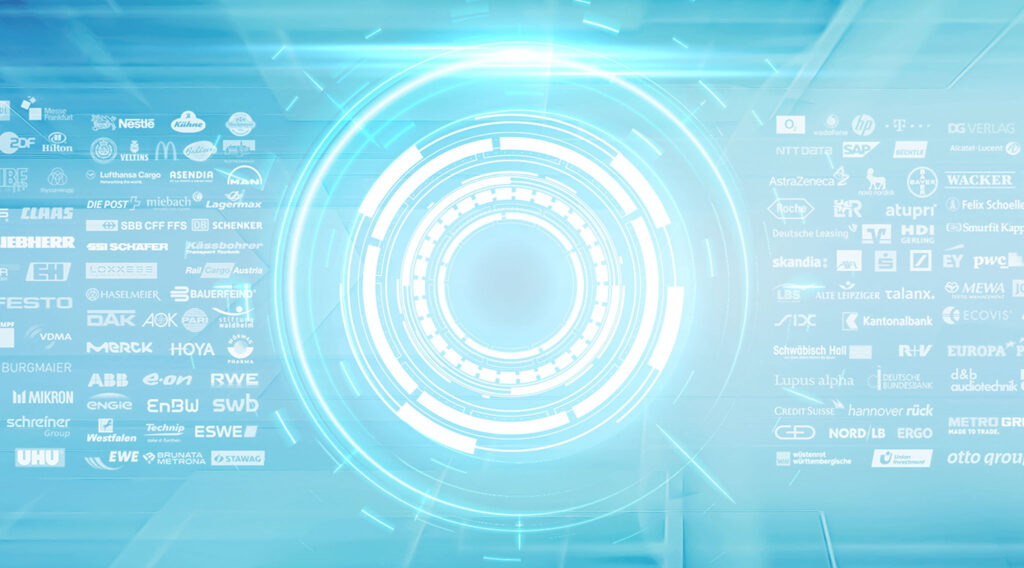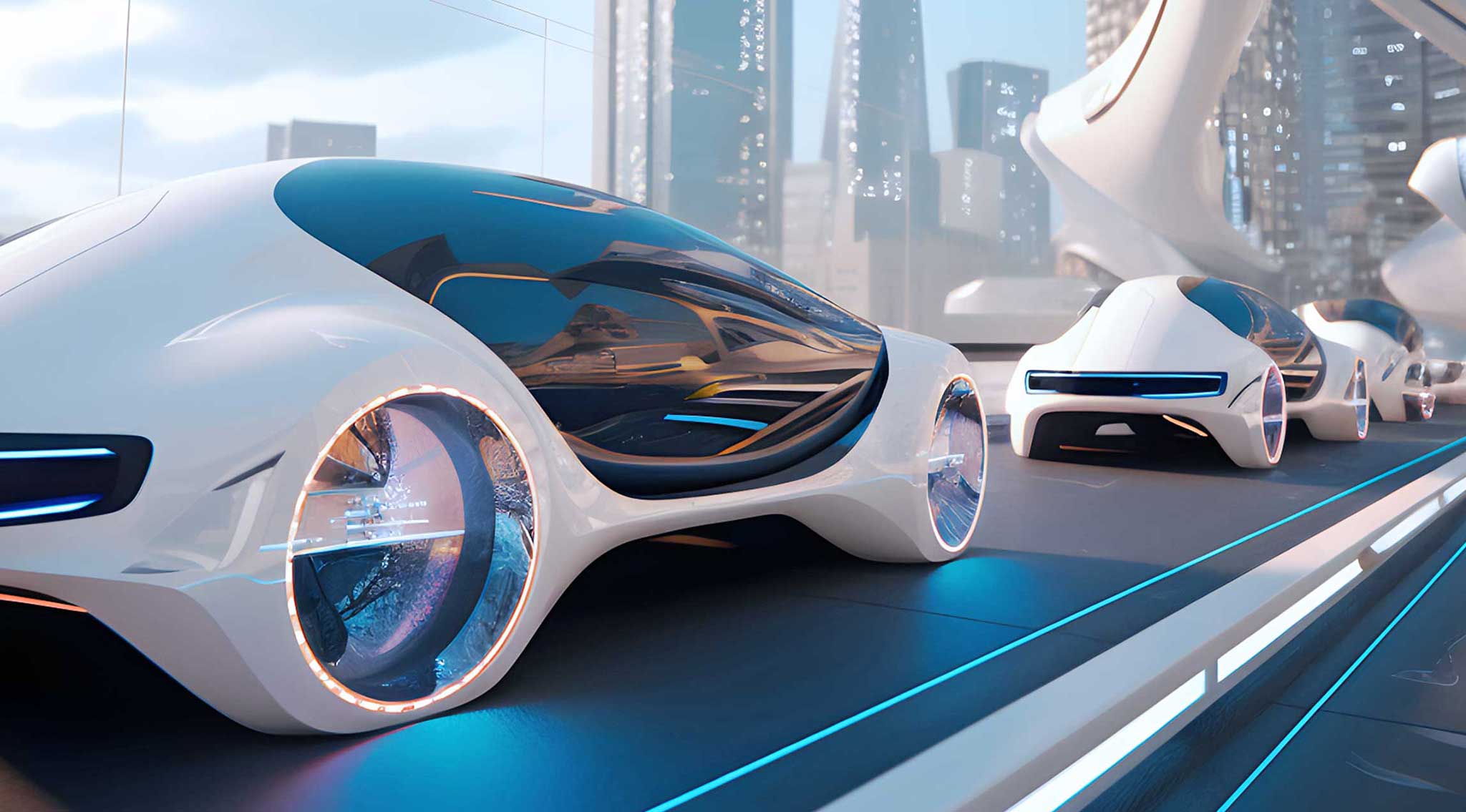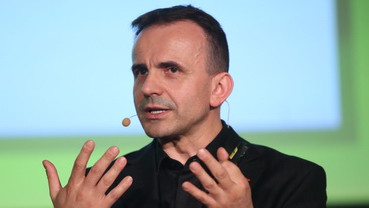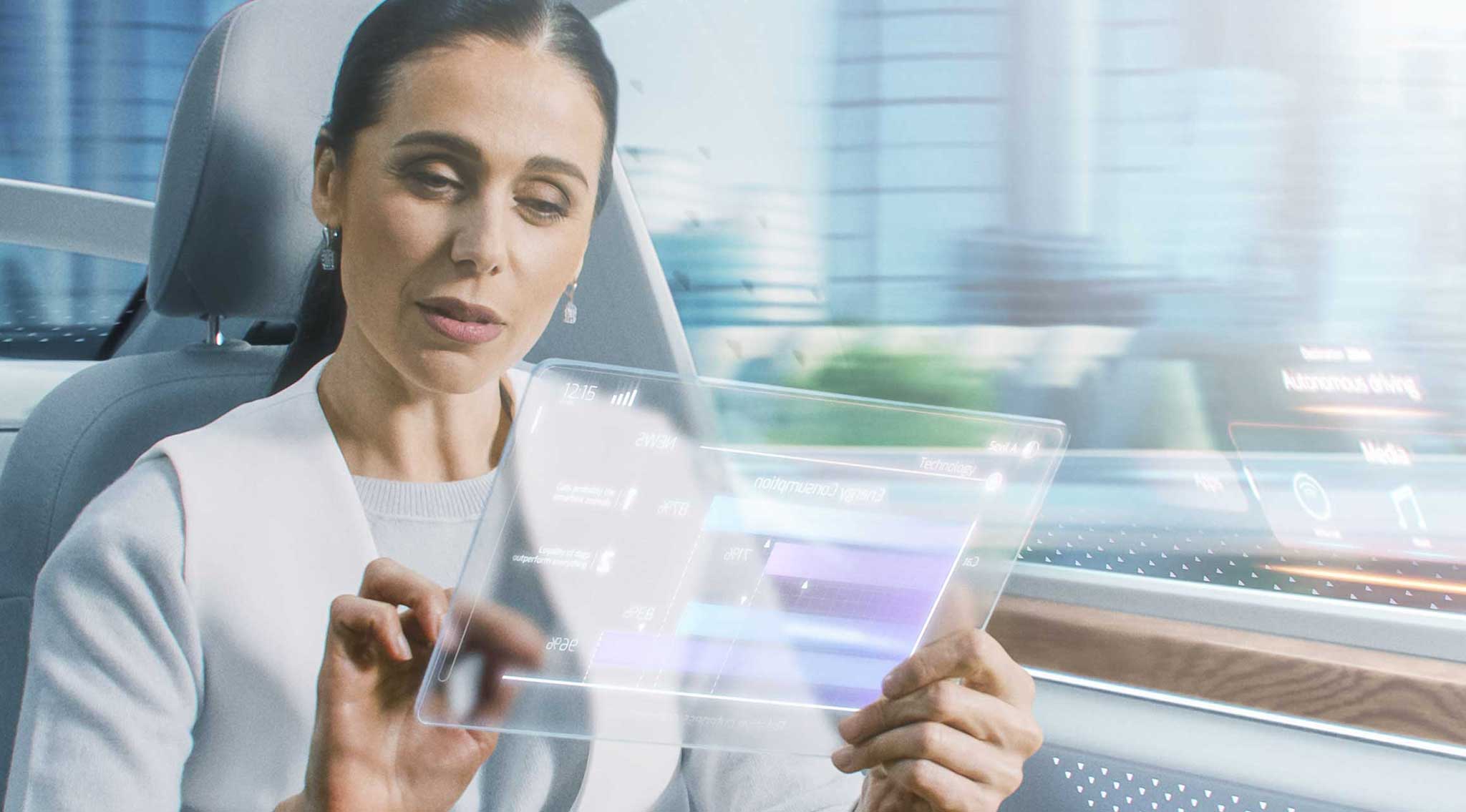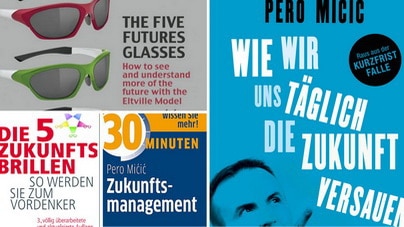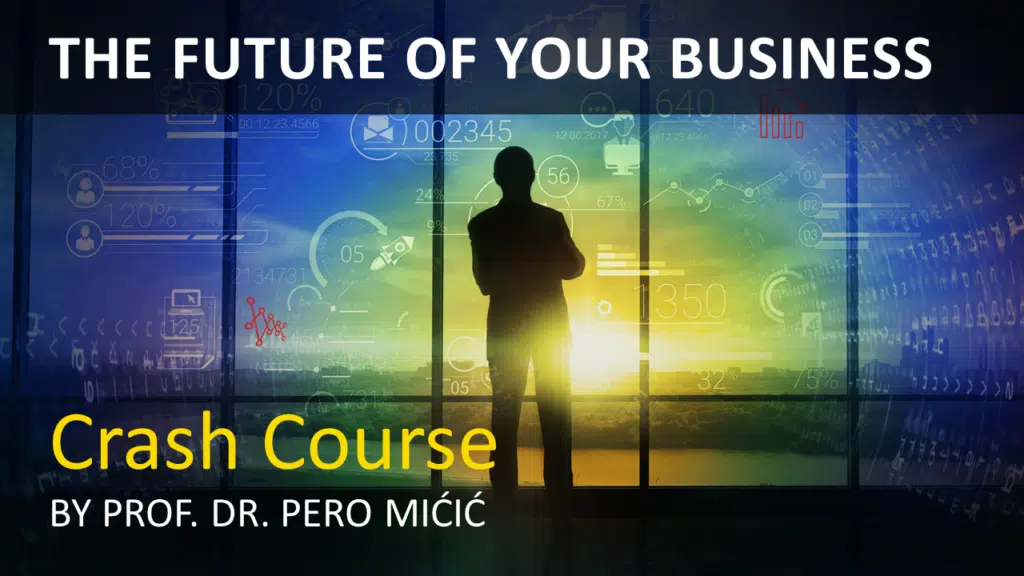The Ford Model T marked the beginning of mass motorization more than 100 years ago. The street scene, dominated by carriages, was to change completely within a few years starting in 1908. By the end of the 1920s, the ‘Tin Lizzie’ had sold millions of units. Many carriage builders and businesses went out of business. Some, the more far-sighted ones, developed into wagon factories, tramway companies or car dealers. Individual motorized transport left its mark on the 20th century – a successful model. Now the automotive industry itself is facing the biggest transformation in its history. As early as 15 years from now, as the roadmap below predicts, no one will enter a dealership or buy a car. Those born today could be the first to no longer need a driver’s license. What will happen?
2018-2022: Thick air
With more and more German cities failing to comply with the EU’s pollutant limits, numerous municipalities are imposing driving bans on diesel vehicles. A congestion charge is also being introduced in most major cities to reduce the number of cars with internal combustion engines on the roads and motivate more people to switch to public transport. A higher frequency of buses and trains combined with significantly lower fares will provide additional incentives for switching. At the same time, a comprehensive network of charging stations for electric cars is being created in urban areas. The share of electric cars in all vehicles sold rises to twenty percent. 90 percent of these are purely electrically powered vehicles. By the end of 2022, there will be 1.4 million electric cars on German roads. Total new car sales are stagnating at 3.5 million per year. The number of car dealerships has halved to around 3,700 compared with 2015 as a result of consolidation.
2023-2025: The dawn of electromobility
Electric cars have reached price parity with internal combustion engines without further government subsidies. These are the big boom years for electromobility. New and more powerful batteries with a longer range and longer life are winning over consumers. All car manufacturers have massively expanded their range of electric models. Most vehicles offer highly automated driving (Level 3), which is used primarily for highway driving. Urban mobility is characterized by smart, highly efficient public transport as well as numerous sharing concepts and innovative e-mobility services from private providers. Innovative micromobiles are competing with cars as lifestyle objects and status symbols and are being widely used for short-range mobility. The share of electric cars in all vehicles sold rises to 90 percent. By the end of 2025, there will be 7.5 million electric cars on German roads. The air quality in the cities could be improved significantly. Total new car sales have fallen to three million per year. Only 3,000 car dealerships still exist in Germany. Due to the significantly lower maintenance intensity of electric motors, workshops are also coming under massive pressure.
2026-2028: Buy or rent?
The year 2026 marks the end of the internal combustion engine: its share of all new cars sold falls to less than one percent. Electromobility is becoming commonplace. Around 16 million e-cars are on the road in Germany. The energy demand can be covered to a large to predominant extent from cost-effective regenerative sources. The majority of new cars feature technologies for fully automated driving (Level 4), which is gradually being used in urban traffic situations as well. The individual driving experience is increasingly taking a back seat in purchasing decisions. The vehicle interior is increasingly being used for mobile working, shopping, relaxing, etc. As the introduction of autonomous driving (Level 5), in which the vehicle takes over all driving functions and a driver is no longer required, is on the horizon, more and more people are delaying a new car purchase. Leasing and sharing providers are experiencing an upswing. In 2028, only 2.6 million vehicles will be sold in Germany. The large car dealerships are also coming under pressure. Amazon has risen to become the most successful car seller and leasing provider. The number of car dealerships has dropped to less than 2,000. Their function has largely been reduced to that of an interface between the customer and the online retailer.
2029-2031: Service providers displace retailers
Increasingly, autonomously driving electric cars are shaping the street scene. In online retailing, they virtually deliver themselves to the customer or are at the door at the appointed time for a test drive. Stationary retail hardly plays a role anymore. But online retail is also coming under pressure. An increasingly widespread Mobility-as-a-Service offering is making buying your own car increasingly obsolete. City dwellers in particular benefit from fast and convenient door-to-door mobility. The trips can be booked alone or – then cheaper – in combination with others. Operator models vary. In some cities, they are purely public and have first supplemented and then replaced traditional public transport. In other cities, private providers dominate. It is foreseeable that the market will continue to consolidate. In 2031, only one million new cars will be sold in Germany, half of them to mobility service providers.
2032-2034: Robotaxis at a spot(t)price
The introduction of autonomous electric vehicle fleets has disrupted the entire mobility market. Mobility is a service that is always available and extremely cost-effective. The fleets’ energy supply comes entirely from renewable sources. Electricity prices have fallen dramatically in recent years due to numerous energy innovations. The robotaxis are used to compensate for load fluctuations in the power grid. Through photovoltaic varnishes, they even produce part of the energy they need themselves. Mobility-as-a-Service will remain the dominant mobility concept of the 21st century. Cars are now only bought by enthusiasts – but they are no longer allowed to drive them on public roads.

Is such a scenario conceivable? Based on today’s knowledge of socio-political trends and technological developments, it is at least conceivable, more likely.
Relying on slow change would be negligent.
Electromobility and autonomous driving are coming. I remember many projects with leading automotive companies in which this statement was fundamentally questioned just a few years ago. Today, the only disagreement in leadership teams is about the speed of change and the urgency of action. The major automakers are no longer just preparing, they are driving innovation themselves. How can entrepreneurs in public transport, car dealerships, workshops and suppliers deal with this? Relying on slow change would be negligent. The change in the market for mobility will be so massive that in many cases a complete realignment of the company will be necessary. It is comparable to the transformation from carriage manufacturer to car dealer or streetcar operator mentioned above. Such a massive change in the business model needs a clear vision and strategy. And it takes time, energy and consistency to implement.
In the coming weeks, I will highlight here some strategic principles on how players in the mobility market can master disruption and even emerge stronger from it.
On disruption in the mobility market, the following have appeared so far:
Future Car Sales & Services. How the transformation of the mobility market will change business for dealers and workshops (2017)
Future Urban Mobility. Integration and Disruption: Cities as Centers for the Reorganization of the Mobility Market (2016)
Smart Cars Are Coming Fast. Challenges and opportunities in the future market of ‘Intelligent Driving (2015)
Business models for the mobility of the future (2014)
You can download the white paper How to survive the mobility disruption: 6 strategy archetypes and 8 tactical moves if your business is threatened by the next era of mobility here for free.
Follow these links as well:
► The Future Strategy Program for SMEs
► Free video crash course THE FUTURE OF YOUR BUSINESS
► BUSINESS WARGAMING for robust business and future opportunities
► KEYNOTES by Pero Mićić for your employees and customers
Have a bright future!




